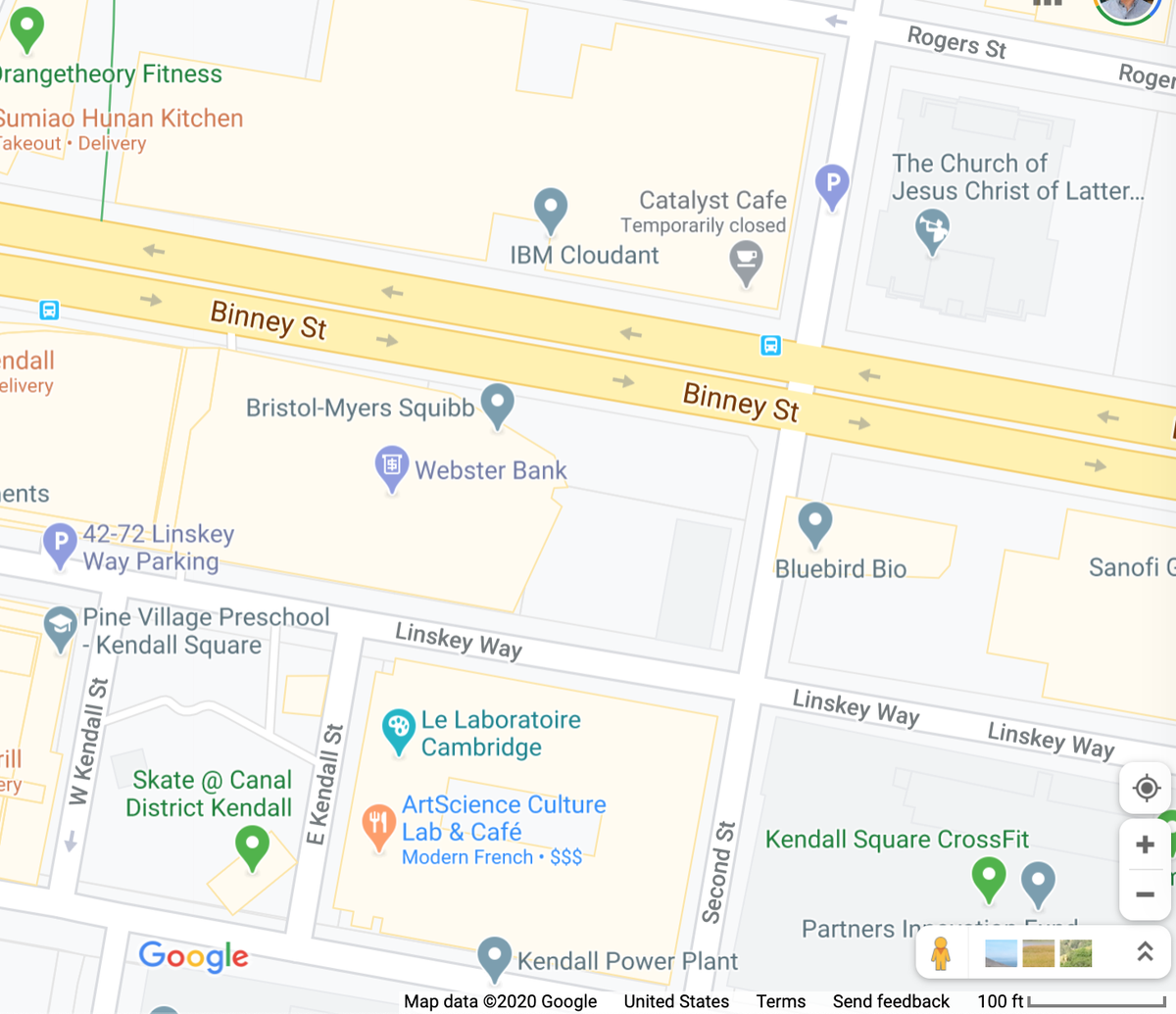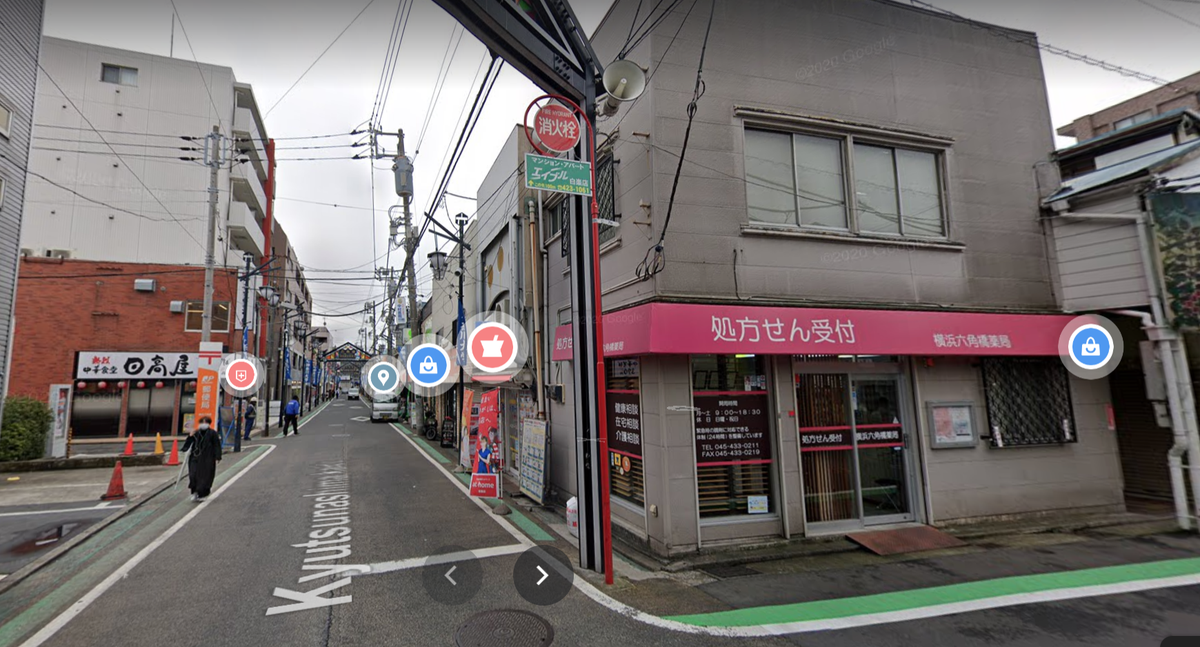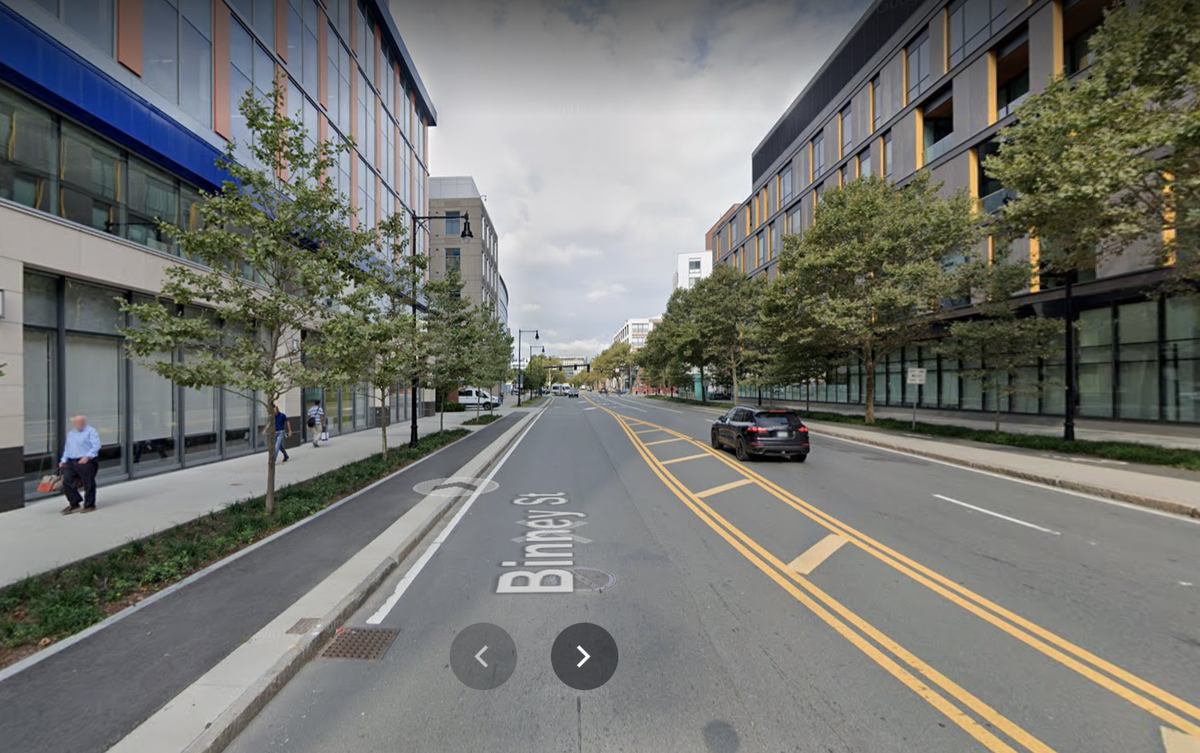Great observation. US cities have trouble attracting this type of small-scale retail because:
- Landlords desire long-term, reliable leases (thus preference for chains).
- New buildings rarely include small-scale retail space.
- Streets are too wide.
- Population density is low. https://twitter.com/SallyAnn_12/status/1289979331268108289">https://twitter.com/SallyAnn_...
- Landlords desire long-term, reliable leases (thus preference for chains).
- New buildings rarely include small-scale retail space.
- Streets are too wide.
- Population density is low. https://twitter.com/SallyAnn_12/status/1289979331268108289">https://twitter.com/SallyAnn_...
One of the most useful insights from Jane Jacobs was that neighborhoods are most successful when they have a diversity of building age & sizes. Smaller, older buildings could theoretically provide the opportunity for low rents & small stores.
Sadly, neighborhoods where developers are investing in new buildings in the US are also typically the same neighborhoods where older, smaller buildings are *the most* attractive spaces—i.e., difficult to afford for tiny small businesses.
In the US we do have a big problem with big blocks and huge streets. Compare Yokohama with Kendall Sq in Cambridge (same scale!). The US grid is much wider, with enormous streets, few buildings. In Yokohama, there are many more small buildings and tiny streets.
Indeed, compare what streets look like in the 2 places! How are small businesses supposed to survive at the mammoth scale of US urban development? Frankly, how is anyone supposed to walk around? And this is in one of the densest cities in the US! We& #39;re doing urban design wrong...
A significant related issue in the US: Permitting for small stores is very difficult—partly because of restroom & access requirements. When combined with developers uninterested in taking a financial risk on small stores, you get large blocks & few small-store opportunities.

 Read on Twitter
Read on Twitter





